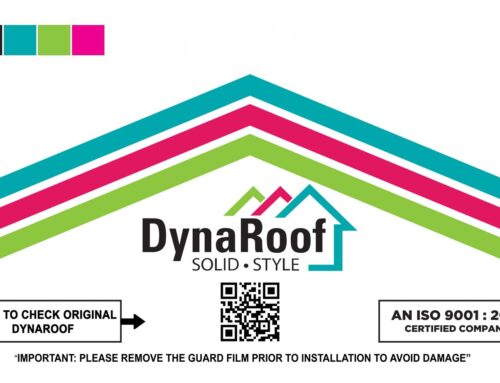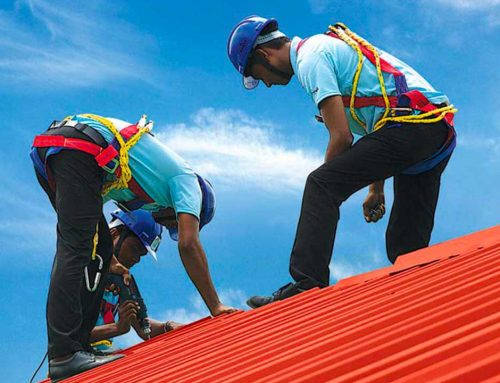Metal roofing offers high strength-to-weight ratio, versatility and long lifespan, and hence it is becoming a more popular choice for residential and light commercial construction.
In the long run, Metal roofing is one of the best choices for capturing non-potable water for gardening and other uses, and, when properly installed, is one of the most effective options for protecting homes from the elements.
However, preventing water intrusion in metal roofing requires additional know-how. By taking a few precautions, you can ensure your next metal roof project performs to expectations.
Denying Entry of moisture
Proper underlayment is the foundation for any water-resistant, steep-slope roofing system to add a moisture-resistant layer to back up metal roofing and panels. Some metal roofing systems do have solar-reflective options. But synthetic underlayment designed especially, for use beneath metal roofing is the best option for resisting heat destruction that can expose roof decking to unwanted moisture.
The synthetic underlayment prevents water wicking through to the deck. While high-temperature waterproofing underlayment at the eves and around roof penetrations will help maintain a watertight barrier under the panels. While design elements look great While underlayments, roof designs with a lot of architectural elements, (e.g., gables, hips, valleys) can make a roof susceptible to water intrusion. Therefore it is always wise to use a good quality waterproofing underlayment under all unique structural elements where there is a high potential for water intrusion.
Placing proper fasteners
Fasteners are crucial to moisture prevention detail as most metal roofing systems require screwed Fasteners for safety. If they are under-driven, loose or off-centre, the fasteners, can turn a well-functioning metal roof system into a metal colander, leading to roof system failure over time.
While repairing or placing a new roof, take the time to make sure every fastener is driven straight and flush to the panel. One way to limit the risk of installation errors is to look for metal roofing with hidden or covered fasteners, which limits the ability of water to enter at fastener locations.
Preventing Corrosion and Condensation
If the undersides of metal panels are not coated or damaged, it can lead to corrosion. Therefore to stop grazing of the metal and avoid corrosion, proper synthetic underlayment is best. It is prudent to watch out for fasteners, rivets, flashing, trim, gutters and non-galvanized metals which can interact poorly when in contact with weak or damaged metal panels. Hence it is always better to rely on a single manufacturer for all roof system components. It ensures the lifespan of the roofing system and the best warranty protection.
Proper ventilation of attic spaces is needed to prevent the building-up of moisture. A professional roofing squad is the best choice when installing a metal roofing as it will last for years to come.






Leave A Comment